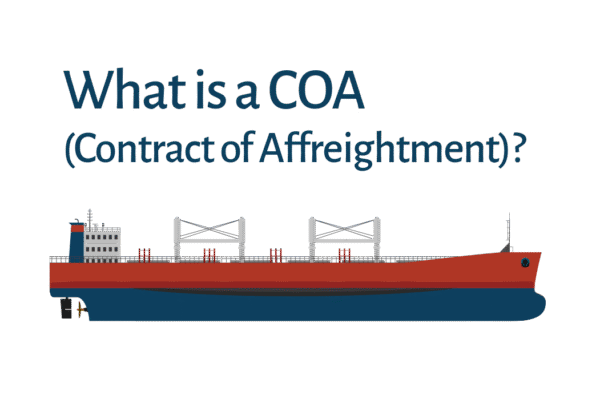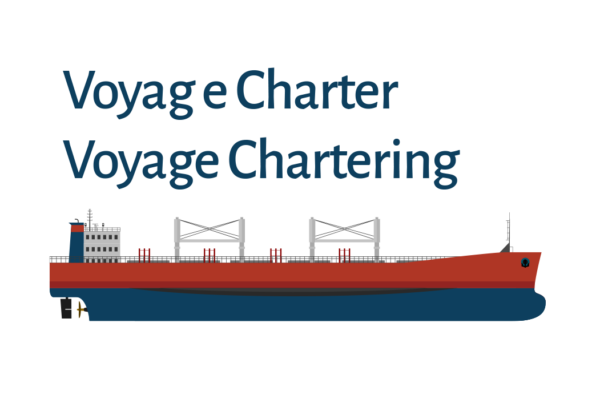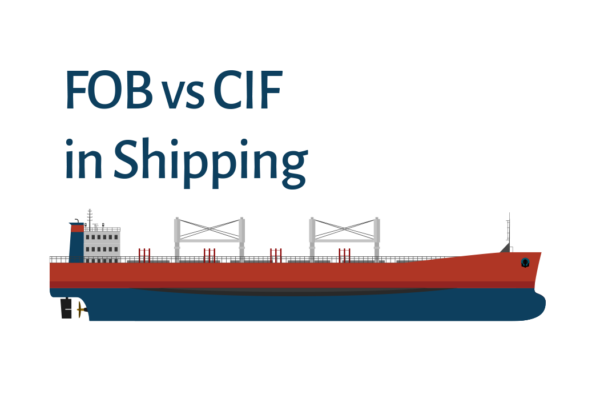Dry bulk cargo is a cornerstone of global trade. It involves transporting large quantities of unpackaged goods. These goods range from grains to coal and iron ore.
Understanding dry bulk shipping is crucial for shipowners, charterers, or other maritime professionals. It involves specialized vessels called “bulk carriers.” These ships are designed to maximize cargo capacity and efficiency.
The dry bulk market is dynamic, influenced by global economic conditions. Shipping rates can be volatile, driven by supply and demand. This makes strategic planning essential for shipping executives.
On the other hand, environmental regulations and technological advancements are reshaping the industry. Sustainability and digitalization are key trends in the bulk shipping industry.
Bulk shipping involves transporting large volumes of raw materials—such as oil, coal, iron ore, or grain—often in full shiploads. The industry operates on the principle of “one ship, one cargo.” There are four main bulk vessel types: tankers, dry bulk carriers, combined carriers, and specialized bulk vessels. Each is optimized for specific cargo types, offering efficiency and cost-effectiveness.
A key driver in bulk shipping is the principle of economies of scale. Larger vessels like Panamax and Capesize bulk carriers significantly reduce the cost per ton compared to smaller ships. This makes upsizing a strategic advantage for companies moving massive cargo volumes.
Shippers, charterers, or large trading firms choose between owning vessels, long-term chartering, Contracts of Affreightment (COAs), or voyage charters, depending on cargo frequency and predictability. Industries with stable demand—like oil and steel—often invest in dedicated fleets or secure long-term charters or COAs to lock in transport capacity and minimize reliance on fluctuating freight markets.
Meanwhile, sectors with irregular or seasonal needs, such as agriculture, often opt for short-term or single-voyage charters. Some shippers also partner with specialized carriers in niche trades—like forest products or vehicle transport—to ensure optimized service and reduced logistics costs.
Success in bulk shipping depends on matching cargo needs with the right type of vessel. It also involves choosing the best operational model and scale. This balance is key for efficiency, cost, and reliability in global shipping.
Who is a Ship Charterer?
A ship charterer hires vessels to transport cargo and manages logistics under voyage, time, or bareboat charters. Understanding their role and contract terms is essential in maritime shipping.
Dry bulk cargo refers to unpackaged materials shipped in large volumes, typically loaded directly into a vessel’s hold using grabs or conveyor systems. Common cargo types include grains, minerals, coal, fertilizers, steel, building materials, and forestry products—all essential to global industries like agriculture, energy, construction, and manufacturing.
Each cargo type requires careful handling and cleaning between voyages to avoid contamination. Grains and sugar support food security, while ores, coal, and petcoke drive energy and industrial output. Materials like cement clinker and wood pellets contribute to building and infrastructure sectors.
Understanding Dry Bulk Cargo: Definition and Key Characteristics
Dry bulk cargo comprises unpackaged goods transported in large quantities. These goods are stored in a vessel’s holds without any packaging. This differentiates dry bulk from other types of cargoes.
Characteristics of dry bulk cargo include its nature and handling requirements. The cargo is usually homogenous and can be granular, powdery, or solid. This makes it essential for specific cargo handling processes and equipment.
Major Dry Bulk Cargoes
- Iron Ore
- Coal
- Grain
- Bauxite
- Phosphate
Cargo loading and unloading involve specialized machinery. Equipment such as conveyors and cranes are typical. These tools efficiently move cargo in and out of vessels.
Another key characteristic of dry bulk shipping is its global impact. It supports essential industries like construction and energy. The efficient transport of raw materials is crucial for these sectors. Dry bulk cargoes can be segmented into the following categories: Agricultural products, Minerals and ore,s Construction materials, Industrial chemicals
Types of Dry Bulk Commodities
Dry bulk commodities are categorized into major and minor groups. Each plays a distinct role in the global economy. Understanding these types is vital for the logistics and maritime industries.
Major dry bulk commodities dominate global trade. They include essential raw materials such as coal and iron ore. These commodities are crucial for the energy and manufacturing sectors.
Minor dry bulk commodities, although less prevalent, still impact various industries. These include goods like fertilizers and certain metals. They support diverse sectors, from agriculture to manufacturing.
A proper understanding of each commodity type ensures smooth shipping operations. The efficient transport of these commodities relies on specialized vessels, which are typically bulk carriers.
Bulk carriers are designed to accommodate large volumes. Their role in global trade is invaluable. The categories of dry bulk commodities encompass:
- Major commodities
- Minor commodities
Dry Bulk vs. General Cargo: Key Difference
Understanding the difference between dry bulk and general cargo is crucial. These cargo types define distinct shipping methodologies. Each has unique characteristics impacting logistics and costs.
Dry bulk cargo comprises unpackaged goods like grains and ores. These are transported in large, loose quantities. Such bulk needs specialized vessels called bulk carriers.
In contrast, general cargo refers to goods in packages, boxes, or pallets. It includes items like machinery and textiles. Ships used are typically container vessels or general cargo ships.
Logistics managers must be aware of these distinctions. Efficient handling of each type requires different shipping strategies. Understanding these differences ensures smooth transport operations.
Key differences between dry bulk and general cargo include:
- Packaging: Loose vs. packaged
- Vessels: Bulk carriers vs. container ships
- Handling: Bulk vs. individualized
The Dry Bulk Shipping Process: From Port to Port
The dry bulk shipping process begins with procurement. Commodities are gathered from producers or suppliers, if there are multiple suppliers. This step involves careful planning and market assessment. Once commodities are ready, they are transported to the loading port.
Transportation methods vary depending on the commodity and location. Railways and trucks are common means of moving these goods. At the port, commodities are loaded onto bulk carriers. This loading process utilizes specialized equipment, including conveyor belts and cranes. Efficient loading is crucial to avoid delays and result in demurrage charges.
After loading, the voyage proceeds through designated sea routes. The routes are selected based on factors like weather and fuel efficiency. During transit, continuous monitoring ensures cargo safety and security.
Finally, upon reaching the destination port, the cargo is unloaded. This unloading requires skilled labor and precision. Once discharged, the commodities are dispatched to end-users or storage facilities.
Supramax / Ultramax Ship
Panamax Ship
How Many Holds? Cargo Layout of Handy, Supramax, Panamax & Capesize Vessels
Handy, Supramax, Panamax, and Capesize bulk carriers differ not only in size but also in the number of cargo holds they feature.
Handysize and Supramax vessels typically have 5 cargo holds, making them well-suited for carrying multiple small to medium-sized parcel shipments.
Panamax bulk carriers, optimized for transiting the Panama Canal, typically feature 7 cargo holds, providing greater flexibility and capacity for cargo segregation.
Capesize vessels, which are too large for the Panama Canal and primarily used for long-haul iron ore and coal transport, usually have 9 cargo holds, maximizing their ability to carry massive volumes efficiently.
Dry bulk shipping is crucial for global trade. It ensures the efficient transport of key commodities. Its impact extends across industries.
With evolving technologies and sustainability efforts, dry bulk shipping adapts. This makes it a vital sector in the maritime landscape, influencing economies worldwide.






